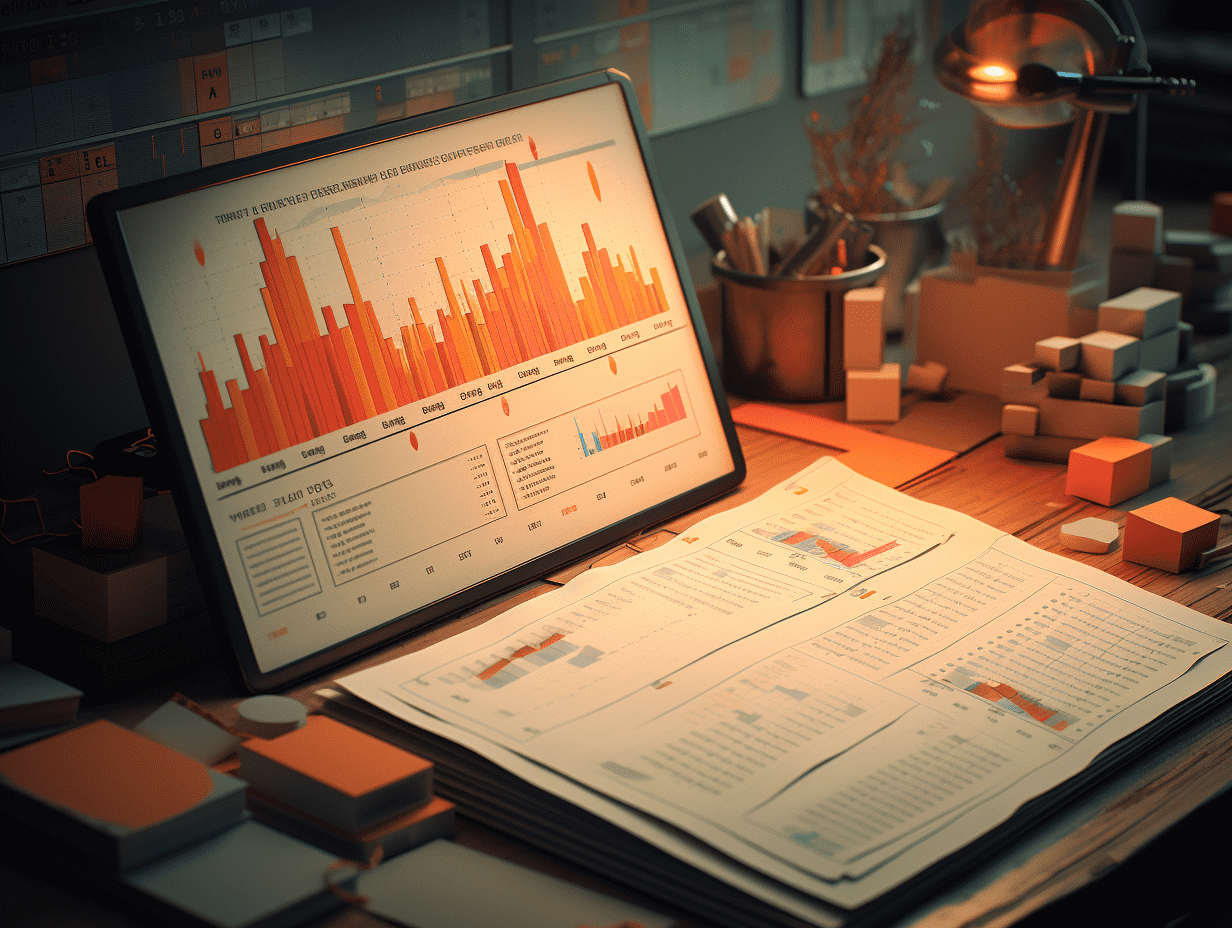Guosheng Securities: Sharp Drop in Supply in July, Antimony Export Restrictions May be Nearing an End.
Mining companies holding high-quality resources are expected to benefit in the long term from the strong growth in the antimony industry.
Guosheng Securities released a research report stating that, on the supply side, constrained by the decline in demand and the rising cost of imported ores, domestic antimony smelting and processing are under pressure, and production in July showed a significant decrease. The bank predicts that the supply of primary and recycled antimony for 2025-2027 will be 112,000/119,000/127,000 tons respectively, while demand will be 131,000/139,000/148,000 tons respectively, maintaining a relatively rigid supply-demand gap. In the medium to long term, the fundamental supply-demand situation of the antimony industry is excellent enough. At the same time, under geopolitical competition, the strategic metal attributes of antimony are highlighted, and administrative control may amplify supply-demand contradictions. The bank is bullish on the long-term high-level operation of antimony prices, and mining companies holding high-quality resources are expected to benefit in the long term from the prosperity of the antimony industry.
Guosheng Securities' main points are as follows:
Prices
As of August 22, according to Asian Metal, the domestic price of antimony concentrate was 152,000 RMB/ton, which was flat compared to early August. The domestic price of antimony ingots was 179,000 RMB/ton, which was flat compared to early August. The price of foreign antimony ingots was 493,000 RMB/ton (including tax), which was down 3% compared to early August. The price difference between domestic and foreign markets was 31,000 RMB/ton.
Imports and Exports
Antimony exports remained low in July, while the cost of imported raw materials rose. In July, 2,307 tons of antimony concentrate were imported, a decrease of 63% compared to the previous month but an increase of 26% compared to the same period last year. From January to July, 20,200 tons of antimony concentrate were imported, a decrease of 37% compared to the same period last year. The average import price in July was 35,400 RMB/ton, an increase of 48% compared to the previous month. Antimony oxide exports in July were 74 tons, down from 87 tons the previous month, maintaining exports in the "hundred-ton" range for three consecutive months, which was significantly lower than the "thousand-ton" level in the first half of the year when exports were partially opened. There were no exports of unprocessed antimony this month.
Consumption turned weak and added to cost pressure, leading to a sharp decrease in antimony production in July.
Supply side: In July, domestic antimony ingot production was 3,729 tons, down 36% month-on-month and 25% year-on-year; from January to July, antimony ingot production was 40,300 tons, down 6% year-on-year. In July, domestic sodium antimonate production was 1,915 tons, down 41% month-on-month and 2% year-on-year; from January to July, sodium antimonate production was 13,500 tons, down 47% year-on-year. On the demand side, domestic production of photovoltaic glass in July was 2.09 million tons, down 21% month-on-month and 1% year-on-year; from January to July, domestic production of photovoltaic glass was 14.03 million tons, down 17% year-on-year. As of July 31, the domestic inventory days of photovoltaic glass were 29 days. Regarding flame retardants, as of August 25, the domestic price of flame retardant masterbatch was 170,000 RMB/ton, which had been stable for three months and did not follow the decline in antimony and bromine prices. July and August are traditionally the off-season for downstream flame retardants and photovoltaic glass consumption, coupled with export controls, putting pressure on antimony products in the past two months; on the supply side, constrained by the decline in demand and the rising cost of imported ores, domestic antimony smelting and processing are under pressure, and production in July showed a significant decrease.
Supply-demand balance
The bank updated the supply-demand balance sheet for 2025-2027. On the supply side, due to the reduction in polar gold production, it is expected that antimony mine supply will continue to decline in 2025. The main increments will come from the capacity ramp-up of Tibet Huayu Mining, Treasure Creek, and Hillgrove. Existing mines are restricted by environmental protection and the difficulty of further increases due to declining grades. On the demand side, in 2025, due to the reduction in photovoltaic glass production and destocking, the demand for antimony in photovoltaic applications is expected to decline, but the bank assumes that after 2026, photovoltaic demand will return to a normal purchasing pace, and demand for antimony in photovoltaic applications may steadily increase. Demand for flame retardants, lead-acid batteries, and other traditional applications is expected to remain stable. At the same time, continuing geopolitical conflicts may result in regular strategic stockpiling of antimony products. The bank predicts that the supply of primary and recycled antimony for 2025-2027 will be 112,000/119,000/127,000 tons respectively, while demand will be 131,000/139,000/148,000 tons respectively, maintaining a relatively rigid supply-demand gap.
Price outlook
In the short term, considering the relaxation of the export restrictions on tungsten products, which took four months, and the Ministry of Commerce's announcement on July 10 that it would allow compliant civilian exports, the bank believes that this round of tightening of antimony exports may be coming to an end; when photovoltaic glass returns to a normal purchasing pace, it may strengthen price elasticity. In the medium to long term, the fundamental supply-demand situation of the antimony industry is excellent enough. Under geopolitical competition and potential administrative controls or amplified supply-demand contradictions, the strategic metal attributes of antimony are highlighted. The bank is optimistic about the long-term high-level operation of antimony prices.
Risk warning: Risk of oversupply exceeding expectations, risk of demand growth falling short of expectations, risk of export controls tightening beyond expectations, geopolitical risk, risk of calculation errors.
Related Articles

On August 26, FOUR SEAS MER (00374) spent 10,000 Hong Kong dollars to repurchase 4,000 shares.

On August 25th, BEKE-W (02423) spent 4 million US dollars to repurchase 632,900 shares.

ESSEX BIO-TECH (01061) announces its interim performance: a net profit of HKD 163 million for the period, representing a year-on-year increase of 3.79%.
On August 26, FOUR SEAS MER (00374) spent 10,000 Hong Kong dollars to repurchase 4,000 shares.

On August 25th, BEKE-W (02423) spent 4 million US dollars to repurchase 632,900 shares.

ESSEX BIO-TECH (01061) announces its interim performance: a net profit of HKD 163 million for the period, representing a year-on-year increase of 3.79%.

RECOMMEND

Analysts Respond to Trump’s Dismissal of Fed Governor Cook as a Further Assault on Central Bank Independence
26/08/2025

U.S. Proposes Including Copper, Silicon, Silver on 2025 Critical Minerals List Amid Supply Chain Concerns
26/08/2025

Trump Vows to Slash U.S. Drug Prices by Up to 1500%, Triggering Sell-Off in Pharma Stocks
26/08/2025


